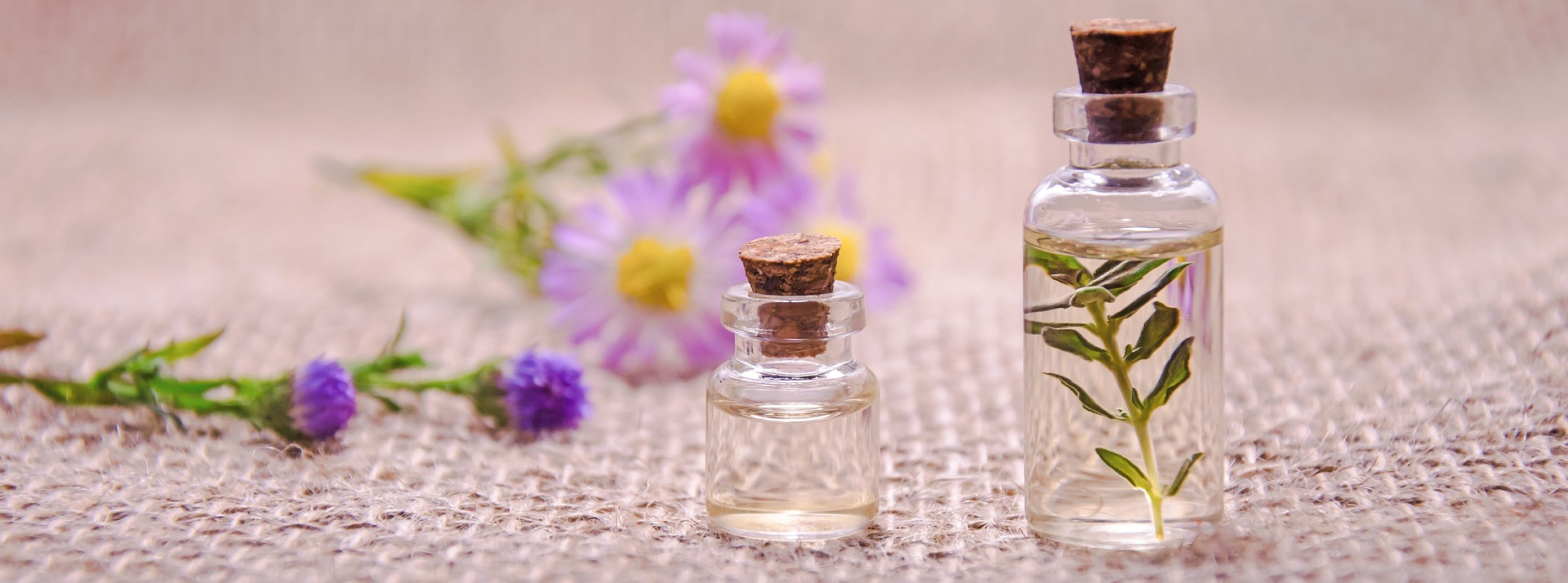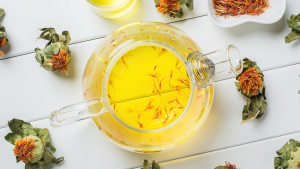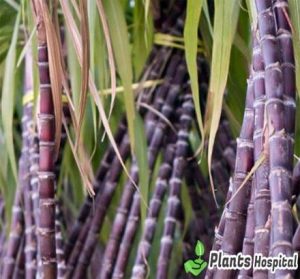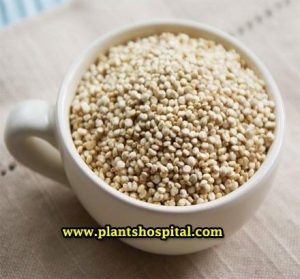The use of medicinal flowers to treat various ailments has been around for centuries. Throughout this time, people have utilized the petals, leaves and stems of certain plants to provide natural relief from conditions such as anxiety and skin problems. Today, more and more people are opting for herbal remedies, as opposed to store-bought drugs or prescriptions.
This article provides a beginner’s guide to common medicinal flowers, along with their unique benefits and uses.
Table of Contents
1. Red Poppy
Red Poppy comes from the Papaveraceae family and is native to Europe and Western Asia. It has long been used to reduce anxiety and sedate the nervous system by inhibiting the release of certain neurotransmitters in the brain. Red poppy also helps to reduce inflammation across the body as well as boost circulation.
To use this medicinal flower, simply steep the petals in hot water and drink the tea. These blooms are also really easy to get – simply arrange for a fresh flower delivery from your local florist.
2. Calendula
Calendula is known for its bright yellow flowers. It is found in many parts of the world, from Europe and the Mediterranean to North and South America. This medicinal flower has been found to have antioxidant and anti-inflammatory properties.
It is traditionally used for the treatment of skin ailments such as eczema, acne, and infections. Additionally, it has also been used to reduce swelling and help treat bruises. You can make tea by simmering calendula petals in boiled water.
3. Chamomile
Chamomile is one of the oldest and most broadly used medicinal flowers. This daisy-like flower has a long history of use in traditional medicine as a stress and anxiety reliever. Tea made from its petals has also been linked to a reduction in insomnia and even certain digestive problems.
To prepare a tea, simply steep a teaspoon of dried chamomile flowers in one cup of boiling water for five minutes then strain and enjoy.
4. Lavender
Known for its fragrant scent and beautiful purple blooms, lavender is another one of the most popular medicinal flowers. It contains antioxidants and has long been used as an anxiety reducer and sleep aid.
In addition, lavender oil is often used topically to soothe skin and treat minor burns. You can make lavender tea by soaking two teaspoons of dried lavender flowers in a cup of hot water and letting it steep for 10 minutes.
5. St. John’s Wort
St. John’s Wort is a medicinal flower native to Europe and parts of Asia. It is often used to assist in alleviating symptoms associated with depression and anxiety, as well as reducing PMS discomforts.
This flower has been employed as a natural treatment for mood disorders for centuries, and its active compound, hypericin, assists in restoring the brain’s hormone balances.
6. Sage
Sage is a medicinal flower from the mint family and is often found in recipes. It has long been employed in traditional medicine to help with digestive issues. It contains antispasmodic, antiseptic, and antiviral properties, and helps to decrease inflammation in the body, as well.
It can also be used to reduce fevers and increase the efficacy of antibiotics.
7. Elderflower
Elderflower is native to Europe and has been part of traditional medicine for many years. The flowers and leaves of this medicinal flower contain compounds that have antioxidant and anti-inflammatory powers.
In addition, Elderflower is thought to aid in treating common respiratory issues, and fevers and to promote a stronger immune system. To make the most of Elderflower, simmer the petals in hot water, steep, and drink.
8. Roses
Roses are renowned for their delightful esthetic and are noteworthy for their medicinal properties. These enchanting flowers have vitamins A, E, and C, which are effective for increasing immunity.
Furthermore, inhaling the petals of the rose is said to reduce stress and tension and bring about a calming sensation. For those looking to access the medicinal benefits of this flower, rose tea can be made by steeping the petals in hot water.
9. Gingko
Gingko is a medicinal flower and tree that can be found in Asia. It’s rich in antioxidants and anti-inflammatory properties and has been used for centuries for multiple medical remedies.
It’s believed to be beneficial for many disorders, including cognitive decline, nervous system issues, and even certain cases of dementia and Alzheimer’s disease.
10. Peonies
Peonies are stunningly beautiful medicinal flowers that originated in East Asia. They’re jam-packed with beneficial compounds such as lignans, glycosides, and flavonoids and are known to help reduce stress and anxiety, lower blood pressure, combat depression, and promote healthier skin, hair, and nails.
They can be eaten directly or brewed into teas and tinctures.
11. Hibiscus
Hibiscus is a tropical flowering plant native to many parts of the world, including South and Central America, Africa, and parts of Asia.
It is known for its bright red petals and sweet, tart flavor. Hibiscus is rich in antioxidants and Vitamin C, and its medicinal properties are thought to help reduce inflammation, lower blood pressure, and improve heart health.
12. Dandelion
Dandelion is a medicinal flower and herb originating from Europe, North America, and parts of Asia. It’s known for its yellow flowers and its medicinal properties. It has been utilized for centuries to handle digestive and liver issues, as well as skin conditions such as acne.
It’s thought to help detoxify the body and promote healthy liver function. Dandelion can be consumed as a tea, tincture, or eaten directly.
13. Yarrow
Yarrow is a medicinal flower and herb that grows wild in many parts of the world. It has been used for centuries to treat a wide range of ailments, from digestive issues to skin problems.
It is known for its anti-fungal and anti-inflammatory properties and is believed to help reduce inflammation and boost immunity. Yarrow is most commonly used as a tea, or as a tincture.
Final Thoughts
For those searching for an all-natural way to alleviate common ailments, medicinal flowers offer a range of treatments. This guide offers an introductory overview of Common Medicinal Flowers, and their usage and benefits. From red poppy to dandelion, each of these medicinal flowers has a variety of active compounds with the potential to provide relief from illnesses and boost general well-being.








